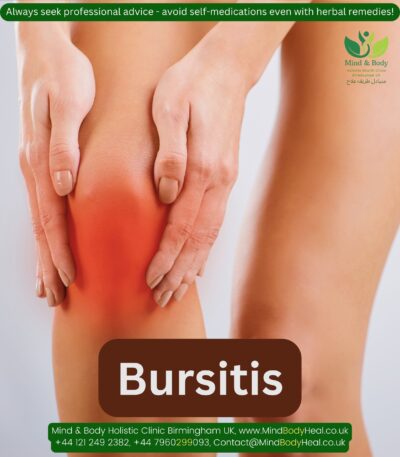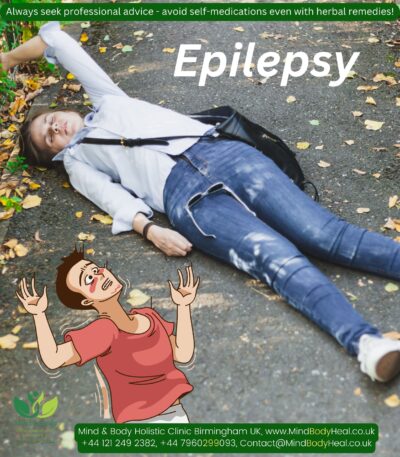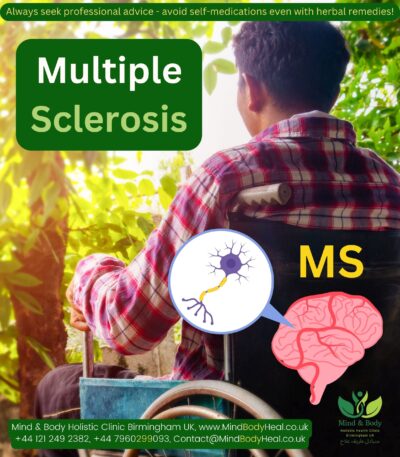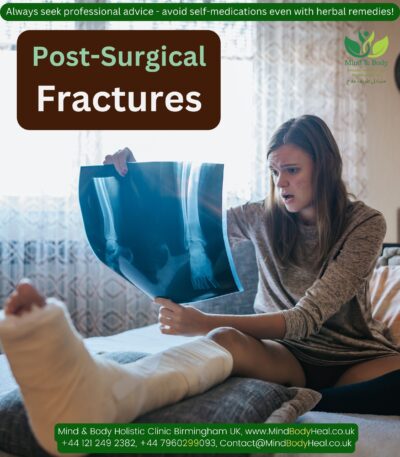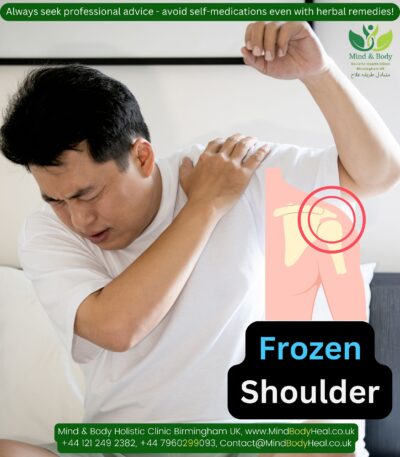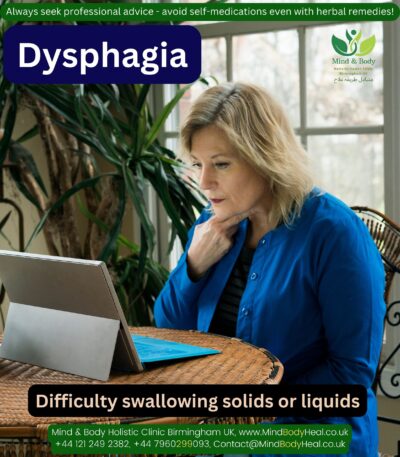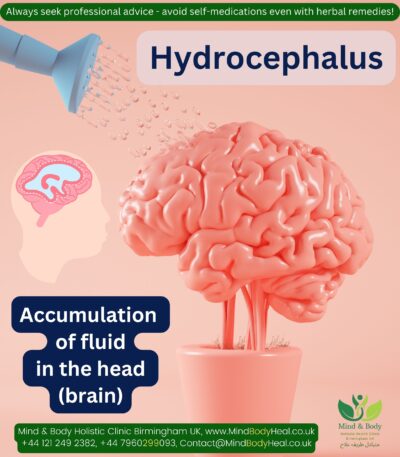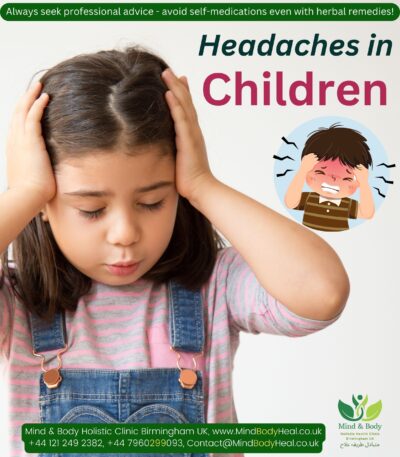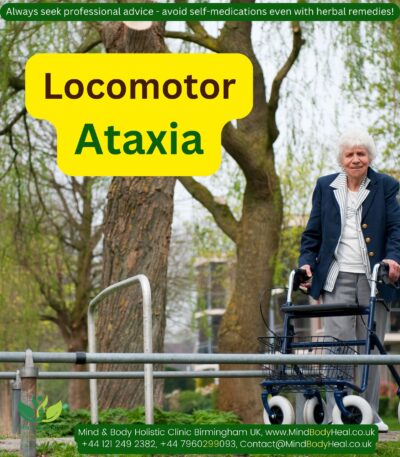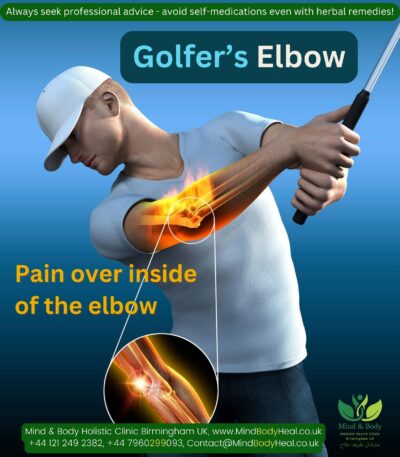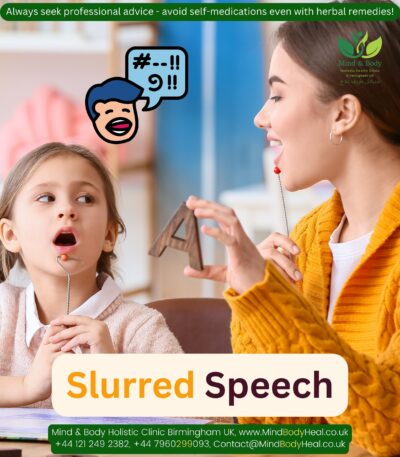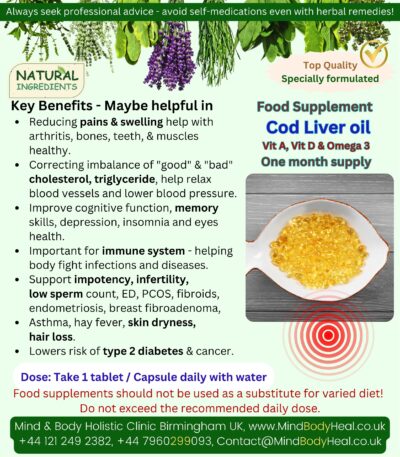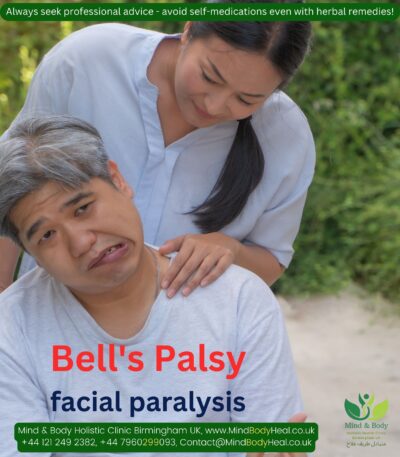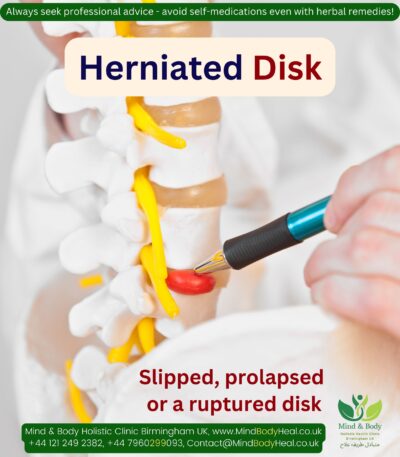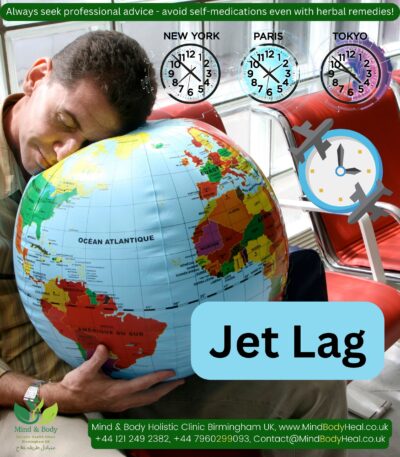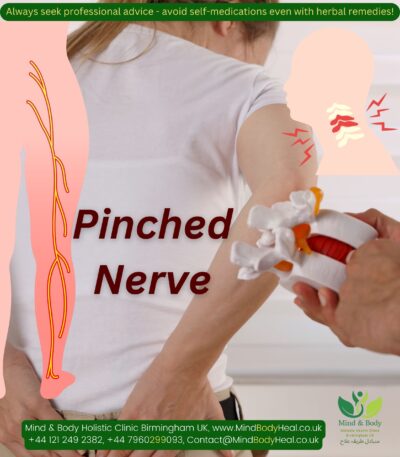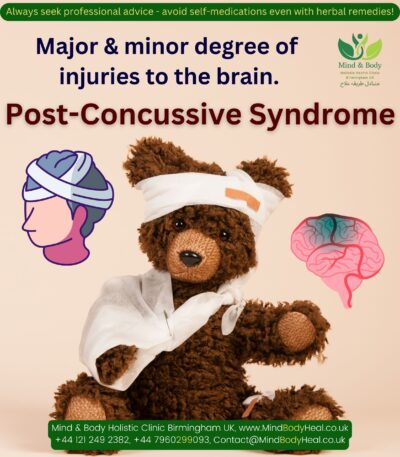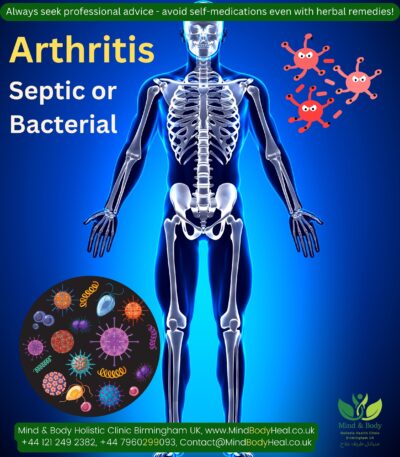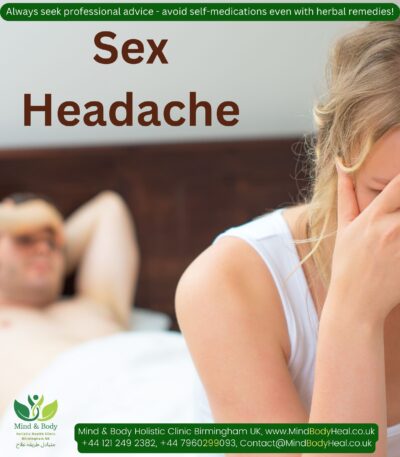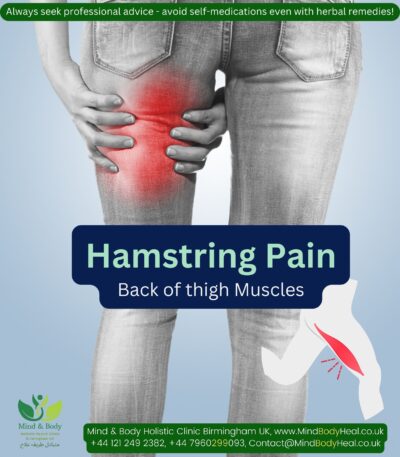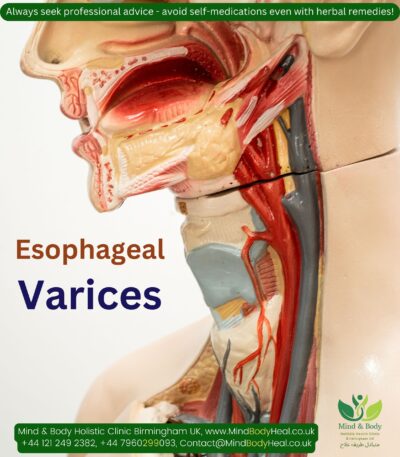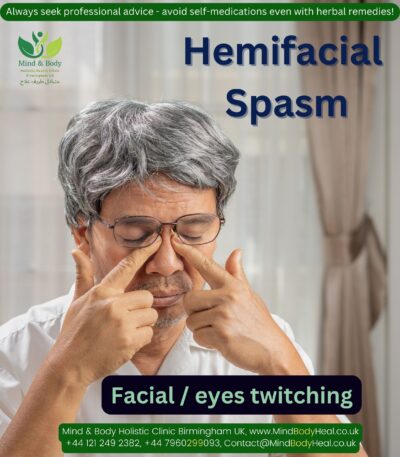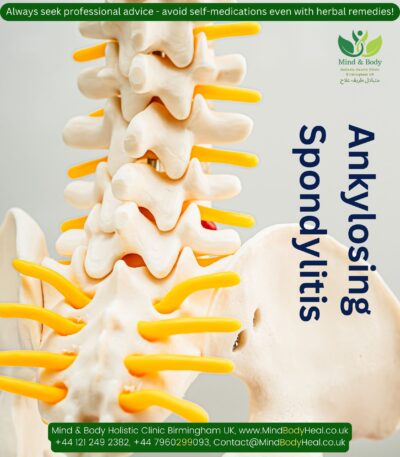Dystonia is a movement disorder that causes the muscles to contract faulty signals coming from their brain.
This can cause uncontrollable, repeated twisting motions or movements.
Dystonia sometimes can cause painful muscle movements (spasms), that can range from mild to more serious nature that can affect the person’s ability to complete daily activities.
Dystonia can range from a short-term or temporary concern to a lifelong issue and women have a higher risk twice as men do.
There are different types of dystonia that can affect a single part or multiple organs.
- Focal dystonia – when the condition affects a single part.
- But when it affects multiple areas of the body next to each other, is called segmental dystonia.
- General dystonia when it affects all parts of the body.
- Myoclonus dystonia – Arms, neck and torso
- Cervical dystonia also called spasmodic torticollis, is a painful condition in which the neck muscles contract involuntarily, causing your head to twist or turn to one side.
- Blepharospasm – Eyelids with rapid blinking and spasms – The eyes may feel dry, gritty or sensitive to light.
- Laryngeal dystonia – Voice box – can cause a strained or whispering voice.
- Task-specific dystonia (writer’s cramp) – Hands, arms and wrists – occur only while doing an activity over and over, such as writing or playing a musical instrument.
- Oromandibular dystonia – Lower face, mouth, tongue or jaw – It can cause slurred speech, drooling, and trouble chewing or swallowing.
Common Symptoms
- Uncontrolled muscle cramps and spasms
- Body twisting into unusual positions e.g., neck twists to the side or your feet turning inwards
- Shaking (tremors)
- Uncontrolled blinking
- Worsen with stress, fatigue or anxiety.
- Become more noticeable over time.
Possible Causes & Risk Factors
- Idiopathic, meaning there’s no known cause and no structural damage to the brain.
- Inherited – passed down through families.
- Acquired – Brain damage from an injury, stroke, or lack of oxygen at birth can cause dystonia.
- Abnormal neurotransmitters, the chemicals that transmit nerve impulses may be involved – that lead to changes in communication between nerve cells in several regions of the brain.
- It can also be caused by exposure to certain medications, heavy metals, or carbon monoxide poisoning.
Secondary dystonia due to symptom of another disease or condition, including:
- Parkinson’s disease.
- Huntington’s disease.
- Wilson’s disease.
- Traumatic brain injury.
- Birth injury.
- Stroke.
- Brain tumor or certain conditions that develop in some people with cancer, known as paraneoplastic syndromes.
- Infections, such as tuberculosis or encephalitis.
FREE Shipping included – Usually dispatched within 1 – 2 working days!
Are you concerned about your health or have been suffering from a chronic, recurrent health disorder?
A ready-made kit that comes with instructions as how to take or use the remedies etc., containing 2 homeopathic remedies and 1 bio-chemic remedy.
Give it a try, if you truly believe in Natural holistic remedies!
Ideally, complimentary remedies should go hand-in-hand with conventional treatment for optimal recovery, and you may take them along with your regular medicines, if any, for additional benefits!
All our remedies are prepared according to Hahnemann principles, using traditional method of dilution or succussion, by a fully qualified naturopath practitioner after a lot of research, proving and great success results from a number of our in-house patients having similar conditions – Still the results may vary from person to person!
Special note: While selecting the remedy from the age wise drop list – there are 3 options as per the pills size e.g., for infants under one and children between 1 – 10 years of age, we use 2 different sizes small globules, as compare to adults. You may also contact us and ask for lactose tablets if you don’t want your remedy in sucrose pills.
You may need to continue taking these remedies from few weeks to few months or until the desired results – depending upon the severity and chronicity of your condition.
You may also contact and speak to one of our naturopaths to discuss any dietary requirements or allergies you may have, or ingredients used in preparation of the above kit.
If you are looking for a particular remedy or a kit not listed on this site, please contact us, as we stock a wide range of complimentary remedies that you may need.
We also make tailor-made homeopathic remedies, as per your causative factors, physical & mental peculiar signs & symptoms etc., if you need any further information please feel free to message.
DISCLAIMER: Although, most natural remedies including herbal supplements, homeopathic remedies or aromatherapy formulations for external use etc., are generally very safe even in children and old age, we still recommend you to seek medical advice from your GP / personal health provider before making your purchase etc., if unsure.
Some patients may experience a little aggravation or worsening of their symptoms, specially in skin disorders – which is absolutely normal and a good sign, as most natural remedies tend to bring the disease in its expressive state – rather suppressing it deeper under the skin etc.
This complimentary remedies kit is taken with your own responsibility. Please avoid self-medication specially if you are pregnant, breastfeeding or have been suffering from any chronic or terminal medical conditions etc.
Due to strict UK regulations on the sale of medicinal products, we cannot give specific advice, without a face-to-face consultation.





